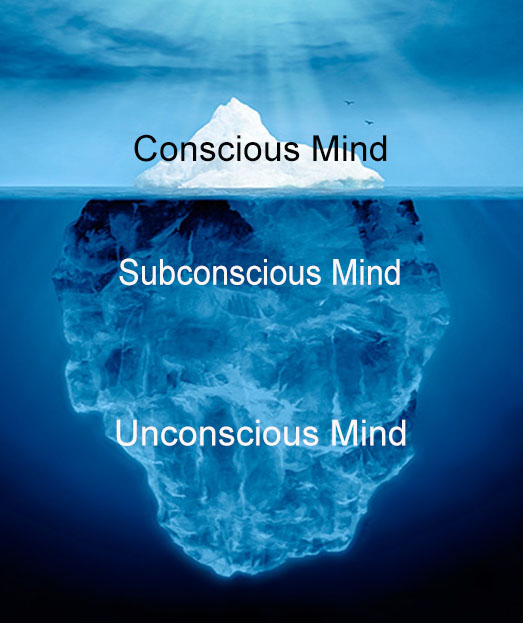Multidimensional Nature
Deep Diaphragmatic Breathing works in different dimensions of human existence. That explains how profound and how deceiving this simple practice. It is hard to believe that the regular practice of something as simple as deep diaphragmatic breathing has the potential of transforming a human being from inside out. It prevents physical and mental disorders. It prevents learning disorders. It is useful not only in prevention; it improves our physical health, mental health and learning ability. It improves our behaviour with others in the community with the development of emotional understanding in individuals. Behaviour modification leads to crime prevention resulting from a stronger sense of belonging to the community. It leads to a higher sense of self-awareness leading to the development of sensibility to the needs of others. Individuals benefit, communities benefit, families benefit, and businesses benefit. As a result, we have rich, vibrant, healthy and compassionate communities.
Physiologically, deep diaphragmatic breathing works by reducing the activity of the sympathetic division of the autonomic nervous system and increasing that of the parasympathetic division. High activity of the sympathetic division of the autonomic nervous system is associated by the fight or flight response and high activity of the parasympathetic division with the relaxation response in our bodies.
Biochemically it works be increasing the amount of acetylcholine, the rest and digest hormone released by the activity of the parasympathetic division of the autonomic nervous system and decreasing the amount of cortisol released by the activity of the sympathetic division. Relative amounts of these hormones affect our neural architecture changing the disposition of our brains to behave in a certain manner. Although activities of the two divisions of the autonomic nervous system change from moment to moment, relative amounts of hormones change slowly and incrementally. It is this incremental change in hormones that affect our health and wellness overtime.
It is now well understood in modern neurology that brain circuitry is not fixed in time as initially thought in the past. It can be altered by altering hormonal chemistry. Human brains are plastic, malleable and trainable to change their disposition to behave.
Neurologically it works by having the thinking part of brain, the slow acting neocortex run breathing and breath-related autonomic life support functions of the body ordinarily run by the fast acting emotional and instinctive limbic parts of the brain. The emotional limbic pars of the brain have a tendency to hijack the thinking neocortex. Regular practice of deep breathing amounts to training the neocortex to be more assertive and the limbic parts of the brain to yield more to the neocortex in running human lives. Changed hormonal chemistry affecting changes in the architecture of neural circuitry is the mechanism through which this training of the brain happens.
Psychology divides the mind into three parts: the conscious, subconscious and the unconscious. The mind is predominantly unconscious and subconscious with the conscious mind being only a small part of it.
Psychologically, deep diaphragmatic breathing works by having the conscious mind regularly take over the functions ordinarily performed by the unconscious mind. Breathing ordinarily is one of the functions run autonomously by the unconscious mind. On the other hand, initially deep breathing can only be run by the conscious mind. It can be run by the subconscious mind after it has been trained by the conscious mind to do so. This training happens with the conscious mind running deep breathing on a regular basis.
The nature of conscious mind is such that it can only attend to one thing at a time. When it is running our breathing by making it slow and deep, it is unaffected by the content of the subconscious trying to pop up into consciousness. Mental disorders are essentially the result of the tendency of the subconscious content unknowingly popping in the conscious. Once the conscious mind learns to prevail over the unconscious, it also learns to prevail over the subconscious. To the extent it learns to prevail over the subconscious, to that extent it learns to remediate mental disorders.
Spiritually, deep breathing works by training the human brain to pay attention to one object for an extended period. It must stay focused on the breath during a deep breathing session. Extended attention span means an enhanced ability to learn by applying our increased focus to a complex and profound object in our contemplation whatever that object may be. Whether the object is related with mathematics or with physics or with another discipline of learning, we can discover it secrets. And if the object of our contemplation is the nature of reality of our existence, we incrementally crack its secrets also. Just like we develop as a mathematician by learning the hidden knowledge of mathematics, we develop spiritually by unlocking the secrets of the existence of the universe because that is the deepest and the most profound spiritual topic to discover to transform our lives.


